Introduction to Sicila Marble
Sicila Marble, with its beautiful and unique color, is extracted from the mines of Urmia. This stone, adorned with various designs and decorative patterns on the surface, is a highly popular choice in construction and decorative fields. Its use in flooring, walls, and interior and exterior architectural projects stands out due to its beauty, resistance, and high durability.
Sicila Marble, with its variety in dimensions and patterns, provides a broader range of choices for different projects, serving as a beautiful and efficient element in space embellishment.
Next, we will examine Sicila Marble in more detail.
Applications of Sicila Marble
Sicila Marble, as a quality and aesthetically pleasing construction material, is used in various construction projects. This stone grabs attention excellently when used as flooring in indoor spaces such as lobbies, halls, and public areas. Additionally, it is utilized on walls and exteriors of buildings as a decorative and weather-resistant element.
Sicila Marble is offered in different designs, diverse patterns, and various dimensions, providing architects and designers with the flexibility to choose options that match the taste and needs of different projects.
Advantages of Sicila Marble
The advantages of Sicila Marble include:
- Beautiful Appearance: Sicila Marble with its cream color and diverse designs adds a beautiful and varied look to both interior and exterior spaces.
- Resistance: Due to its marble structure and suitable hardness, this type of stone has good resistance to pressure and corrosion.
- Cost-Effective: Compared to some other stones, Sicila Marble is relatively cost-effective and serves as an economical option for construction projects.
Disadvantages of Sicila Marble
- Stain Absorption: Marble is composed of mineral ashes and is sensitive to liquids and moisture, potentially absorbing stains, especially from substances like oils and acids.
- Sensitivity to Acids: This type of stone is sensitive to acids and may be susceptible to corrosion from cleaning materials.
- Impact Sensitivity: Despite its suitable hardness, marble is relatively brittle and may be prone to damage from strong impacts.
- Maintenance Needs: To preserve the beauty and quality of Sicila Marble, regular maintenance and care are required. Proper cleaning and the use of preservative materials can be effective in extending its useful life.
- Installation Cost: Installing Sicila Marble requires skilled labor and equipment due to its hardness and weight, which may increase the installation cost.
Price of Sicila Marble
The price of Sicila Marble depends on various factors, and the most important ones are:
- Stone Quality: The quality of Sicila Marble, including uniform color, patterns, and purity, directly affects its price. Stones with more uniform and pure colors typically have a higher price.
- Size and Thickness: The size and thickness of the stone can also be determining factors in pricing. Larger and thicker stones may increase installation and transportation costs.
- Origin: The location of stone extraction has a direct impact on the price. Stones extracted from local mines may have a lower price compared to stones obtained from more distant areas.
- Extraction Equipment and Technology: The use of advanced equipment and modern technologies in the extraction and processing process may increase production costs, influencing the final price.
Purchasing Sicila Marble
To place an order and purchase Sicila Marble, you can contact Isfahan Stone Pooya experts through the provided phone numbers on the website or on the “Contact Us” page. Our experienced specialists at Isfahan Stone Pooya will promptly attend to your inquiries and guide you in selecting the appropriate marble for your needs.
You must be logged in to post a review.



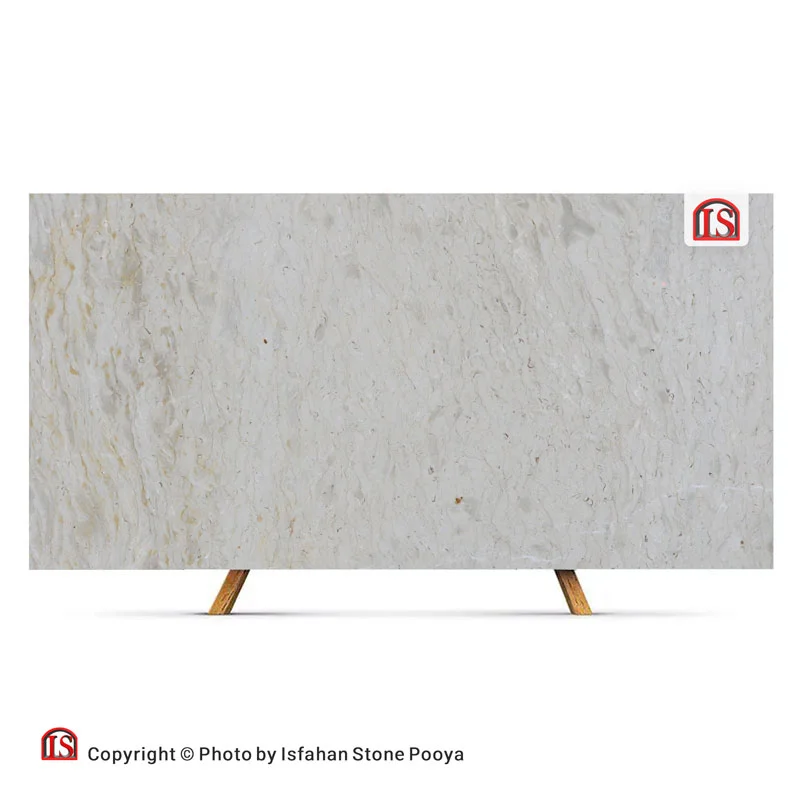








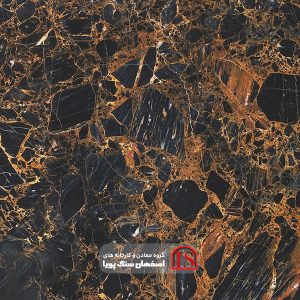
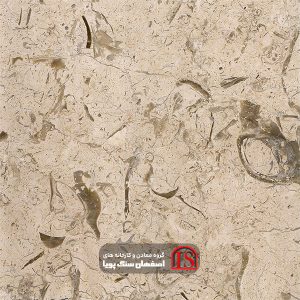

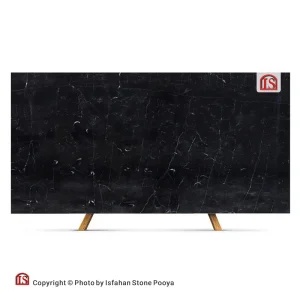

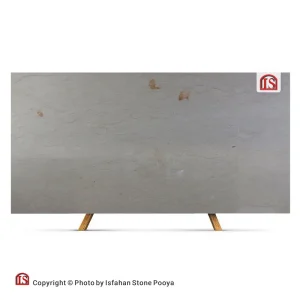


Reviews
There are no reviews yet.